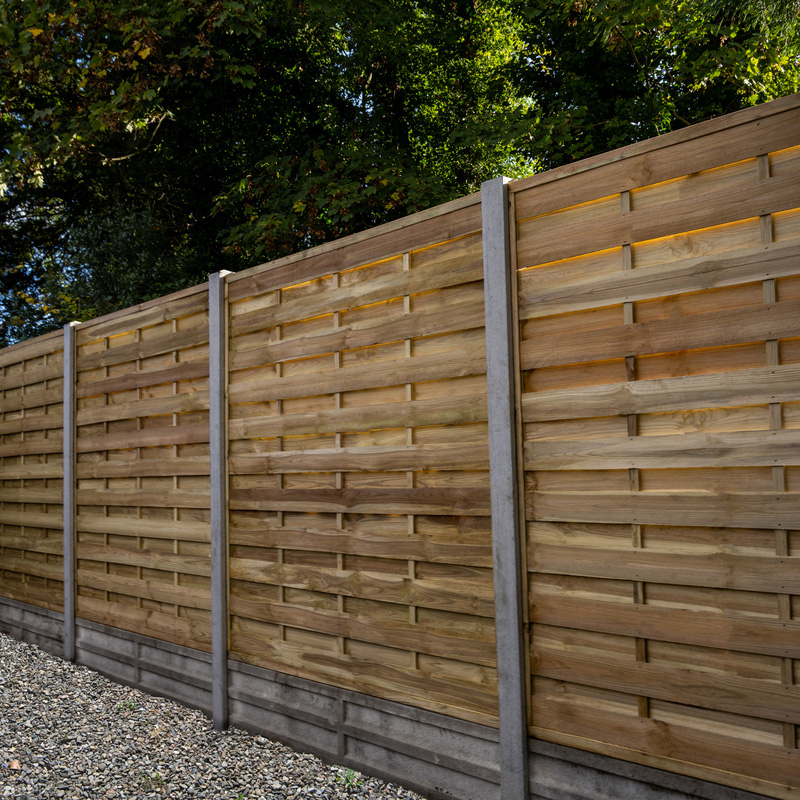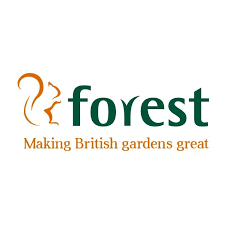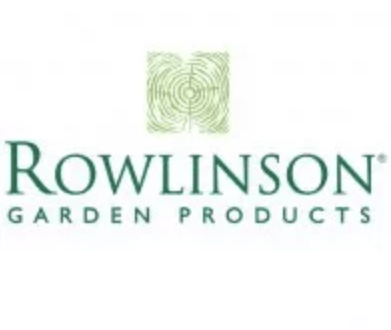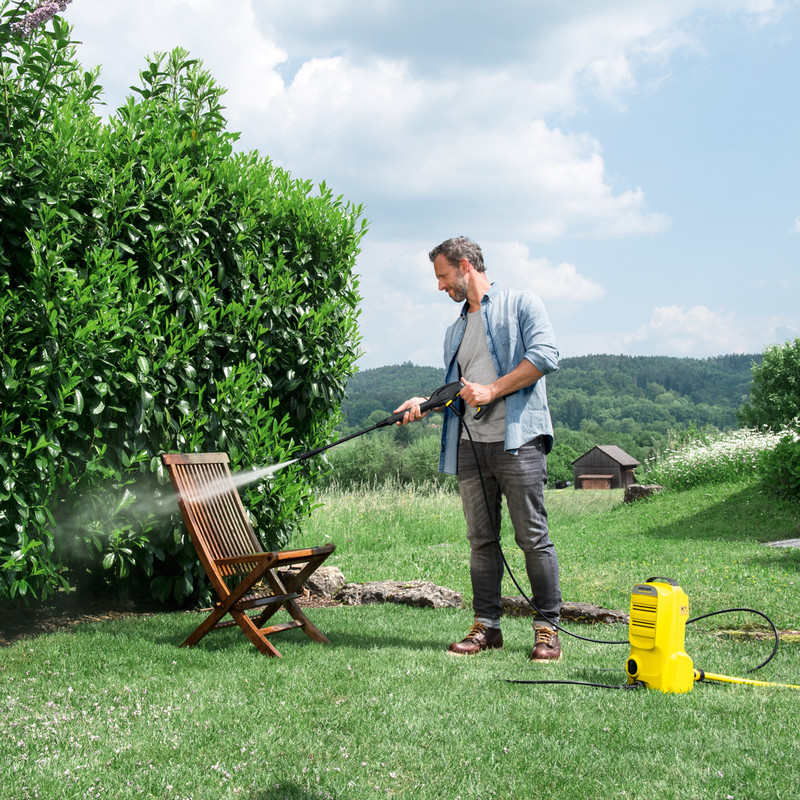When it comes to fencing, you may not think there’s many considerations to make. However, there are a wide range of fence types available, each with their own advantages and things to consider.
Depending on your environment, some fences are better suited than others. For example, panels like hit-and-miss fencing allow air to pass through if you live in a windy area. If privacy is your main concern, closeboard or lap fences can’t be peered through. If you live nearby a busy road or railway line, consider noise-reduction fences so you can fully enjoy your space without noise.
Finally, consider any extra details such as the treatment type for the fence panel, matching garden gates, and fence post material. Each decision will depend on a number of things, including personal style, budget, and the environmental conditions in your area.
Types of Traditional Fence Panels
Traditional fencing includes the most common type of fence panels found in residential properties in the UK. They are generally low cost and have a simple structure. Traditional fences are designed for easy installation, and basic garden privacy and security.
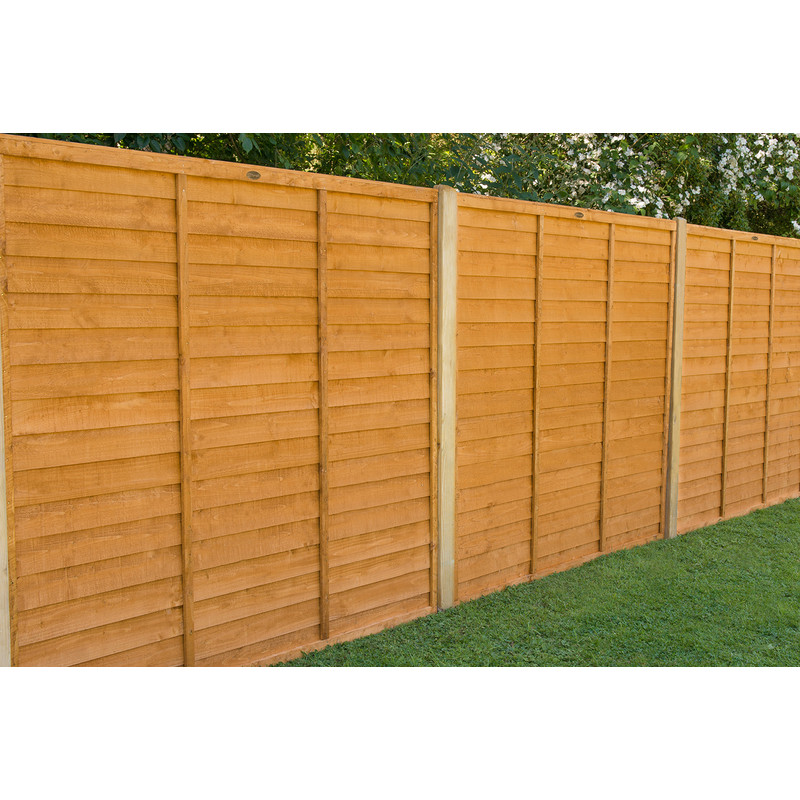
Lap Fences
Lap fences are a type of traditional privacy fencing most commonly used in residential environments. They have overlapping vertical timber boards that are secured to vertical battens on the back to create a durable panel. Lap fence panels are found in standard sizes and are relatively inexpensive compared to other types.
The structure of lap fences means they’re perfect for maintaining privacy because they prevent gaps between the timber boards. Lap fences are also easy to install and can offer a traditional look to a garden.
The extra privacy from lap fences can be a drawback if you’re interested in who’s coming and going around your property. They can also be more vulnerable to wind damage as the design catches wind and puts stress on the fence panels. The overlapping design can also trap moisture which can attract mould and mildew – meaning occasional maintenance is needed.
Advantages
-
Privacy fencing
-
Inexpensive, durable and easy to install
-
Attractive, traditional look
Things to Consider
-
Extra privacy mean you can’t see who’s coming and going
-
Vulnerable to wind damage
-
Overlapping design can attract mould and mildew
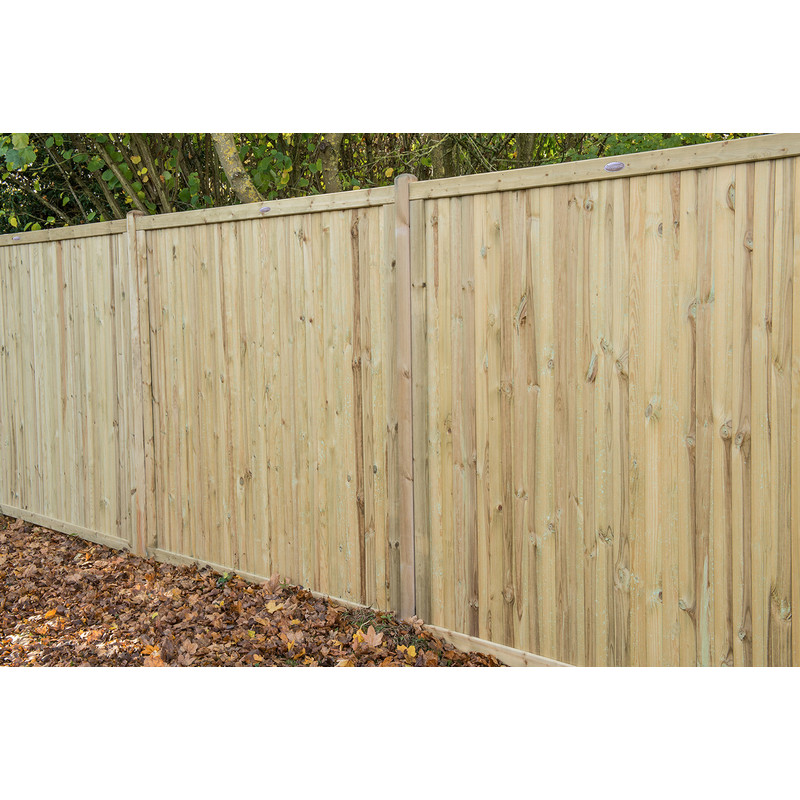
Closeboard Fences
Closeboard fences, also known as featheredge fence panels, are used for residential and commercial environments. With vertical overlapping timber boards mounted on horizontal battens, they’re ideal for privacy and security as there are no gaps in the panel, and the battens make it difficult for intruders to break.
You’ll find our closeboard fences at Toolstation are noise reducing, meaning soundwaves are slowed down when they travel through the panel – perfect if the garden backs onto a road or a railway line. They’re a highly durable fence, and water runs down the fence rather than collecting in the overlapping boards, so they’re protected from moisture.
The nois-reducing design of closeboard fences mean they come at a higher cost than simpler alternatives. You’ll also want to consider how much privacy you need, as closeboard fencing offers limited visibility to see who is coming and going.
Advantages
-
Ideal for privacy and security
-
Noise reducing
-
Durable, and moisture doesn’t collect in the boards
Things to Consider
-
Higher cost than simpler alternatives
-
Greater privacy means limited visibility

Hit-and-Miss Fences
Hit-and-miss fence panels are a type of traditional fencing structured by placing horizontal timber boards on alternating sides of vertical posts. The design means there are gaps between the boards which allow wind to pass through – making them perfect for windier areas.
Despite the gaps between the boards, there is still overlap to maintain privacy in residential environments. Their traditional yet distinctive design adds character to a garden, and can even create an attractive dappled light effect across a lawn.
At certain angles, it’s possible to see through the gaps between the boards – so if privacy is your main priority over wind protection, then a closeboard or lap fence may be a better alternative. You may also find that hit-and-miss fences come at a higher cost than standard overlap fence panels.
Advantages
-
Perfect for windy areas
-
Boards overlap for privacy
-
Attractive, dappled light effect across the lawn
Things to Consider
-
Reduced privacy at certain angles
-
Higher cost than standard lap panels
Types of Contemporary Fence Panels
Contemporary fence panels are suited to modern gardens and are an attractive alternative to traditional fencing types. There are different options available to suit the style and level of privacy and security you’re after.
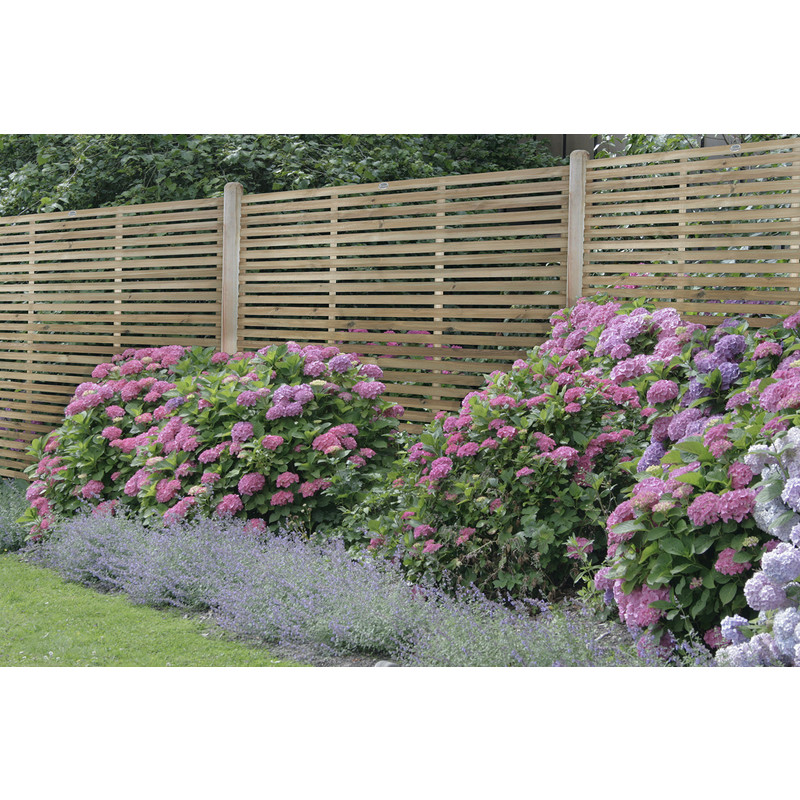
Slatted Fences
Slatted fences are a type of modern, contemporary fence panel with horizontal timber boards with gaps in between. Single-slatted fences feature the slats on one side of the fence posts, while double-slatted fences have the horizontal boards on both sides of the post – meaning a slight overlap for greater privacy.
The gaps between the timber boards allow wind to travel through the panel – making slatted fences great for windy areas. Slatted fences are also relatively easy to install and add a stylish element to modern gardens.
When it comes to slatted fences, there is reduced privacy compared to traditional fence panels as there are gaps in between the slats – these gaps also mean they’re less effective at noise reduction. Slatted fences could also get damaged easily if they’re hit, such as by a football.
Advantages
-
Stylish, modern look
-
Double slatted fences offer some privacy
-
Allow wind to pass through, ideal for windy areas
Things to Consider
-
Reduced privacy compared to traditional panels
-
Less effective for noise reduction
-
Susceptible to damage from impact
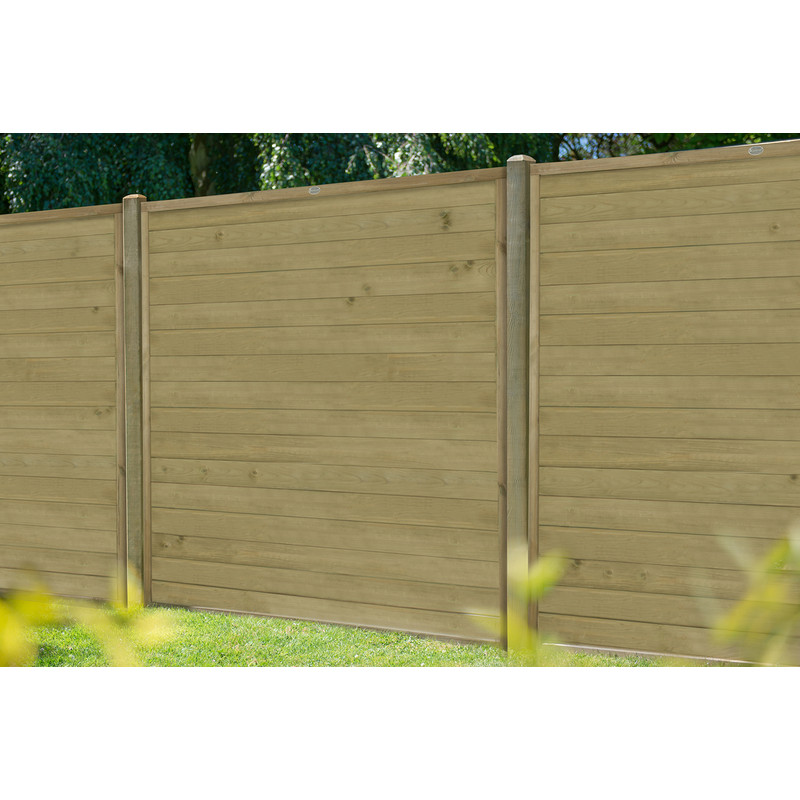
Tongue and Groove Fences
Tongue-and-groove fence panels are a type of contemporary fence ideal for privacy in residential properties. They are made up of interlocking boards, with a groove on one edge and a protruding tongue on the other so they fit together. The timber boards on tongue-and-groove fences are mounted horizontally and fixed to vertical posts.
These fences are a stylish, contemporary alternative to traditional lap fences. They’re also low maintenance due to the completely flush design that doesn’t collect moisture. This flat, interlocking design also means tongue-and-groove fences are very durable and long-lasting.
Tongue-and-groove fences can come at a higher cost than simpler alternatives such as overlap fence panels. You won’t be able to see anything going on outside the fence, such as people coming and going. Also, you might need professional installation, as mistakes can lead to warping which can reduce stability.
Advantages
-
High level of privacy
-
Stylish, contemporary alternative to traditional fences
-
Durable, low maintenance and long-lasting
Things to Consider
-
Higher cost than simpler alternatives
-
No visibility outside the fence
-
Poor installation could lead to warping and reduced stability
Types of Decorative Fence Panels
Decorative fence panels are just that – decorative. However, many options will allow you to combine aesthetics with privacy and security to suit a range of gardens and personal preferences. With a range of decorative fence panel types available, you’ll find the perfect fence to suit any budget.
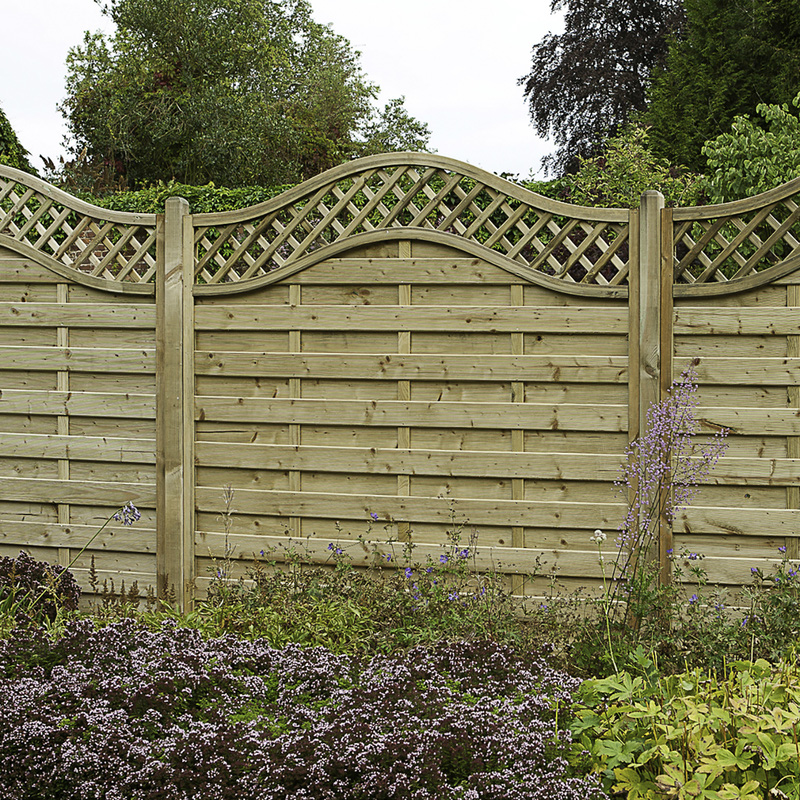
Lattice-Topped Fences
Lattice-topped fences have a traditional panel – often a hit and miss or an overlap fence – on the bottom, with a lattice or trellis top as an added decorative feature. Classic lattice-topped fences have timber boards arranged in a diamond pattern, while the timber boards on contemporary slatted-topped fences are arranged horizontally with gaps in between.
These fences combine privacy and decoration, so you can get the best of both worlds. Topped fences are as easy to install as traditional panels, and come in a range of heights to suit the needs of any garden. They’re also relatively affordable compared to some contemporary fences, such as fully slatted panels.
Lattice and trellis-topped fences are less effective at noise reduction than full panels and specialised noise-reduction fencing. They’re also easier to climb over than solid panels as the tops provide places to grip and step on. The decorative section of the fence panel could get damaged as the timber battens are thinner.
Advantages
-
Simultaneously private and decorative
-
Easy to install
-
Relatively affordable compared to some contemporary alternatives
Things to Consider
-
Less effective at noise reduction than full panels
-
Easier to climb over
-
Decorative top is more susceptible to damage
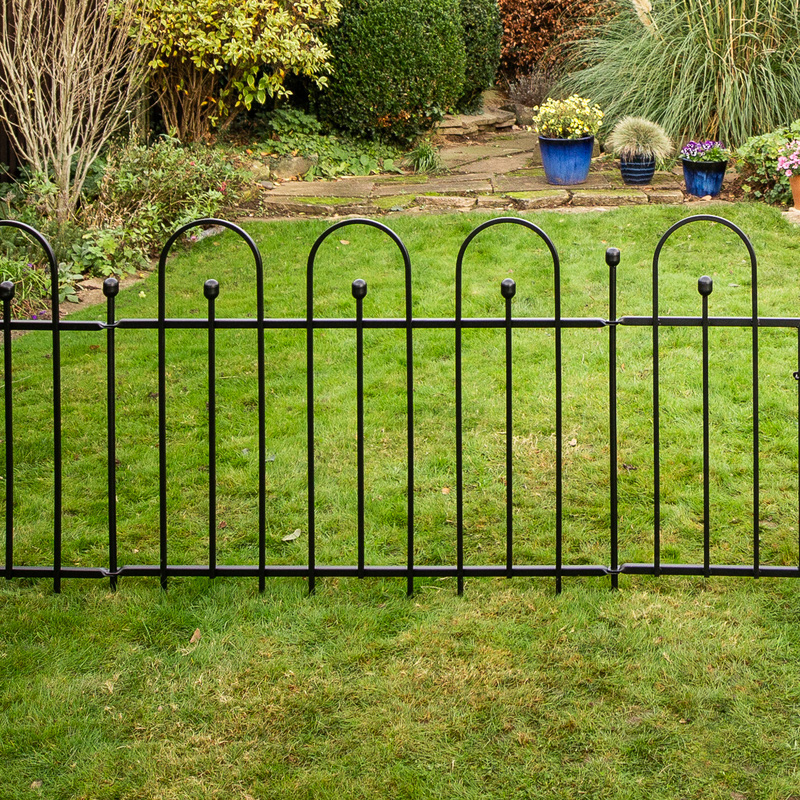
Picket Fences
Picket fences are characterised by their short height and rounded or spiked tops. They’re easily installed by simply hammering them into the ground.
These fences are ideal for boundary marking, such as for front gardens, or back gardens in remote areas where privacy is not much of a concern. Because of the open structure of picket fences, they’re highly wind resistant.
If privacy is a concern – such as in suburban or built-up areas – then picket fences will not be suitable. They’re also easily jumped over, meaning they won’t provide much protection from intruders. Picket fences may also be easily knocked down – although they’re just as easy to put back in the ground.
Advantages
-
Easily installed
-
Ideal for boundary marking
-
Wind resistant and durable
Things to Consider
-
Not suitable for privacy
-
Easily jumped over
-
Can be knocked down - but easily put back in the ground
Key Fence Panel Considerations
Noise Reduction
Noise-reduction fences are ideal if you live near a busy road, school, or railway line. They’re typically made of dense timber, composite materials, or specialised sound-absorbing foam. The materials in the fence vibrate, which reduces the amount of sound that gets through.
A number of factors can reduce or improve the effectiveness of noise-reducing fence panels, including the intensity and duration of sound, and the direction it’s coming from. These fence panels should be installed by a professional to make sure they’re fully noise-reducing.
Colour
When it comes to choosing the colour of a fence, it’s mainly down to your personal preference. You can choose between natural, brown or grey timber. Grey fences suit contemporary, modern gardens perfectly, whilst natural fences offer the flexibility to paint or stain to the shade of your choice. Dark brown fences and golden brown fences are darker and richer than natural fences.
Natural fences will also generally come at a lower upfront cost than grey alternatives. However, if you want to paint or stain a natural fence, it’ll need occasional maintenance to keep the colour.
Size
All fence panels, other than Toolstation’s range of picket fences, are 6 feet long – a standard size for fencing. This means you’ll need to resize the fence panel if it doesn’t perfectly fit the boundary. Some fencing, such as panels with vertical timber boards, will be easier to resize – although resizing most fences won’t be an issue for professionals.
The height of traditional, contemporary and many decorative fence panels generally ranges between 150cm and 180cm. The higher the fence, the greater the privacy and security. However, taller fences could be slightly more affected by windy and stormy conditions.
Treatment
Timber fences need treating to protect them from rot, decay and insect damage. There are two main types of fence treatment: pressure treatment and dip treatment. Dip-treated fences are, as the name suggests, dipped into a tank of preservative solution. Pressure-treated fences are blasted with the solution with very high pressure.
Dip-treated fences are protected on the surface, and the process is much simpler and cheaper than pressure treatment. However, pressure treating allows the preservative to penetrate deeper into the wood, making it more durable and long-lasting.

